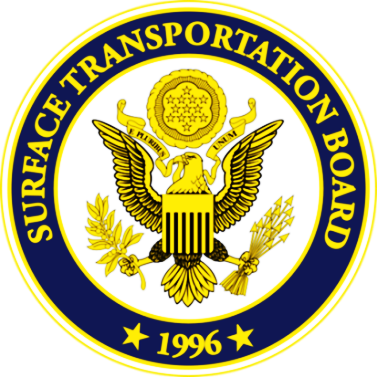 An official website of the United States government
An official website of the United States government
 An official website of the United States government
An official website of the United States government

FOR RELEASE
04/29/2019 (Monday) [PDF Version]
No. 19-6
Contact: Janie Sheng (202) 245-0221
FedRelay 1 (800) 877-8339
www-stb-gov.go-vip.net
The Surface Transportation Board announced today that its Rate Reform Task Force has completed a staff report providing its recommendations for possible changes to the rate review methodologies and processes used by the Board. The Board simultaneously is making the report available to the public.
The Rate Reform Task Force was established by the Board in January 2018 to recommend improvements to the Board’s existing rate review processes and to propose new rate review methodologies that are more attuned to the realities of the current transportation world. The Task Force reached out to the transportation community through informal meetings with representatives of shippers and carriers, as well as academics, practitioners, and other interested parties throughout the country. Through frank conversations with diverse stakeholders, the Task Force developed a greater understanding about the challenges involved with the Board’s existing rate review methodologies, along with changes that could improve them and ideas for new methodologies.
The report makes several key recommendations including:
“I want to thank the Rate Reform Task Force for its hard work and dedication to this difficult assignment,” said Chairman Ann Begeman. “I asked the Task Force to think boldly and they delivered. I also want to thank the many stakeholders and other interested parties who met with the Task Force during the past year to share their views and ideas. Rate reform is my top priority and the only option not on the table is one where we do nothing.”
In the course of its consideration of these recommendations, the Board will be soliciting public input on the report in the near future. The Rate Reform Task Force report may be viewed and downloaded here.
###